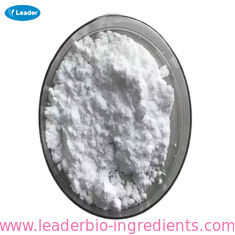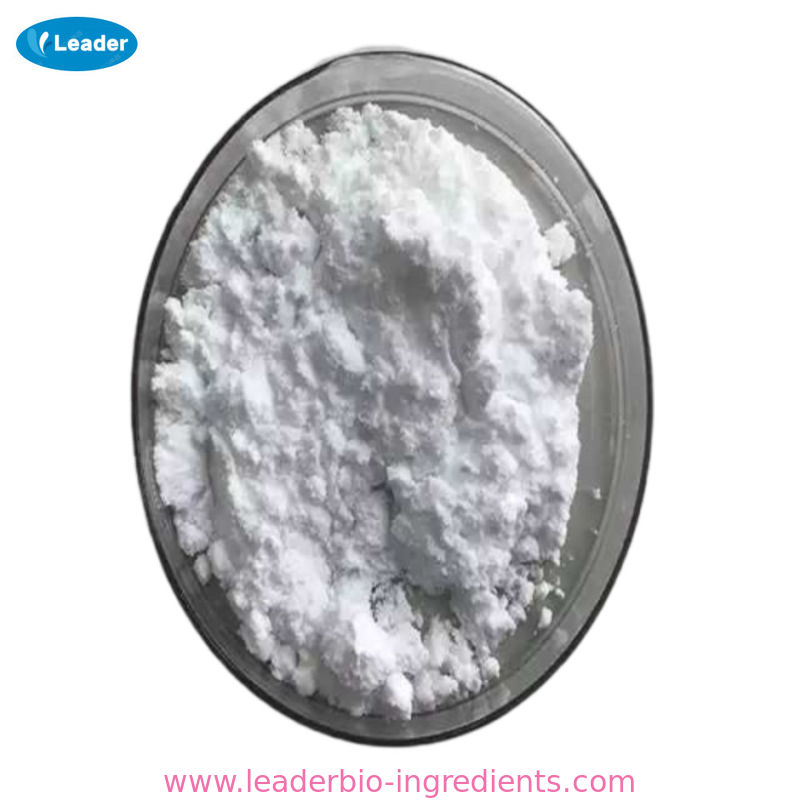| Cystamine dihydrochloride Basic information |
| Product Name: | Cystamine dihydrochloride |
| Synonyms: | 2,2’-dithiobis-ethanamindihydrochloride;2,2’-dithiobis-ethylamindihydrochloride;2-aminoethyldisulfidedihydrochloride;aed;Cystamine dihydrochloride, 98+%;bis-B-aminoethyldisulphide dihydrochloride;2,2μ-Diaminodiethyl disulfide dihydrochloride, 2,2μ-Dithiobis() dihydrochloride, Decarboxycystine dihydrochloride;, 2,2'-dithiobis-, dihydrochloride |
| CAS: | 56-17-7 |
| MF: | C4H14Cl2N2S2 |
| MW: | 225.2 |
| EINECS: | 200-260-7 |
| Product Categories: | Pyridines;Building Blocks;Chemical Synthesis;Organic Building Blocks;Sulfides/Disulfides;Sulfur Compounds;Pharmaceutical Intermediates |
| Mol File: | 56-17-7.mol |
| Cystamine dihydrochloride Chemical Properties |
| Melting point | 217-220 °C (dec.)(lit.) |
| storage temp. | Store below +30°C. |
| solubility | H2O: soluble1.0g/10 mL, clear to almost clear, colorless to almost colorless (<5.5 NTU) |
| form | Crystalline Powder, Crystals or Chunks |
| color | White to yellow |
| Water Solubility | soluble |
| Sensitive | Hygroscopic |
| Merck | 14,2776 |
| BRN | 3616850 |
| Stability: | Stable. Incompatible with strong oxidizing agents. |
| CAS DataBase Reference | 56-17-7(CAS DataBase Reference) |
| EPA Substance Registry System | Ethanamine, 2,2'-dithiobis-, dihydrochloride (56-17-7) |
| Safety Information |
| Hazard Codes | Xn |
| Risk Statements | 22-36/37/38 |
| Safety Statements | 37/39-26-36/37/39 |
| WGK Germany | 3 |
| RTECS | KR7260000 |
| TSCA | Yes |
| HazardClass | IRRITANT |
| HS Code | 29309070 |
| MSDS Information |
| Provider | Language |
|---|---|
| 2,2'-Dithiodi(ethylammonium) dichloride | English |
| ACROS | English |
| SigmaAldrich | English |
| ALFA | English |
| Cystamine dihydrochloride Usage And Synthesis |
| Chemical Properties | white powder |
| Uses | hepatoprotectant, t-glutaminase inhibitor, heat shock protein promoter, caspase inhibitor |
| Uses | sulfhydryl modifying reagent and heparin antagonist |
| Safety Profile | A poison by subcutaneous and intraperitoneal routes. Experimental reproductive effects. When heated to decomposition it emits very toxic fumes of HCl, SOx, and NOx. See also SULFIDES. |
| Purification Methods | Recrystallise the salt by dissolving in EtOH containing a few drops of dry EtOH/HCl, filtering and adding dry Et2O. The solid is dried in a vacuum and stored in a dry and dark atmosphere. It has been recrystallised from EtOH (solubility: 1g in 60mL of boiling EtOH) or MeOH (plates). The free base has b 90-Purification of Biochemicals — Amino Acids and Peptides 100o/0.001mm, 106-108o/5mm and 135-136o/760mm, d 4 1.1559, n D 1.5720. [Verly & Koch Biochem J 58 663 1954, Gonick et al. J Am Chem Soc 76 4671 1954, Jackson & Block J Biol Chem 113 137 1936.] The dihydrobromide has m 238-239o (from EtOH/Et2O) [Viscontini Helv Chim Acta 36 835 1953]. [Beilstein 4 H 287, 4 IV 1578.] |
| Cystamine dihydrochloride Preparation Products And Raw materials |
| Raw materials | Cysteamine hydrochloride |

